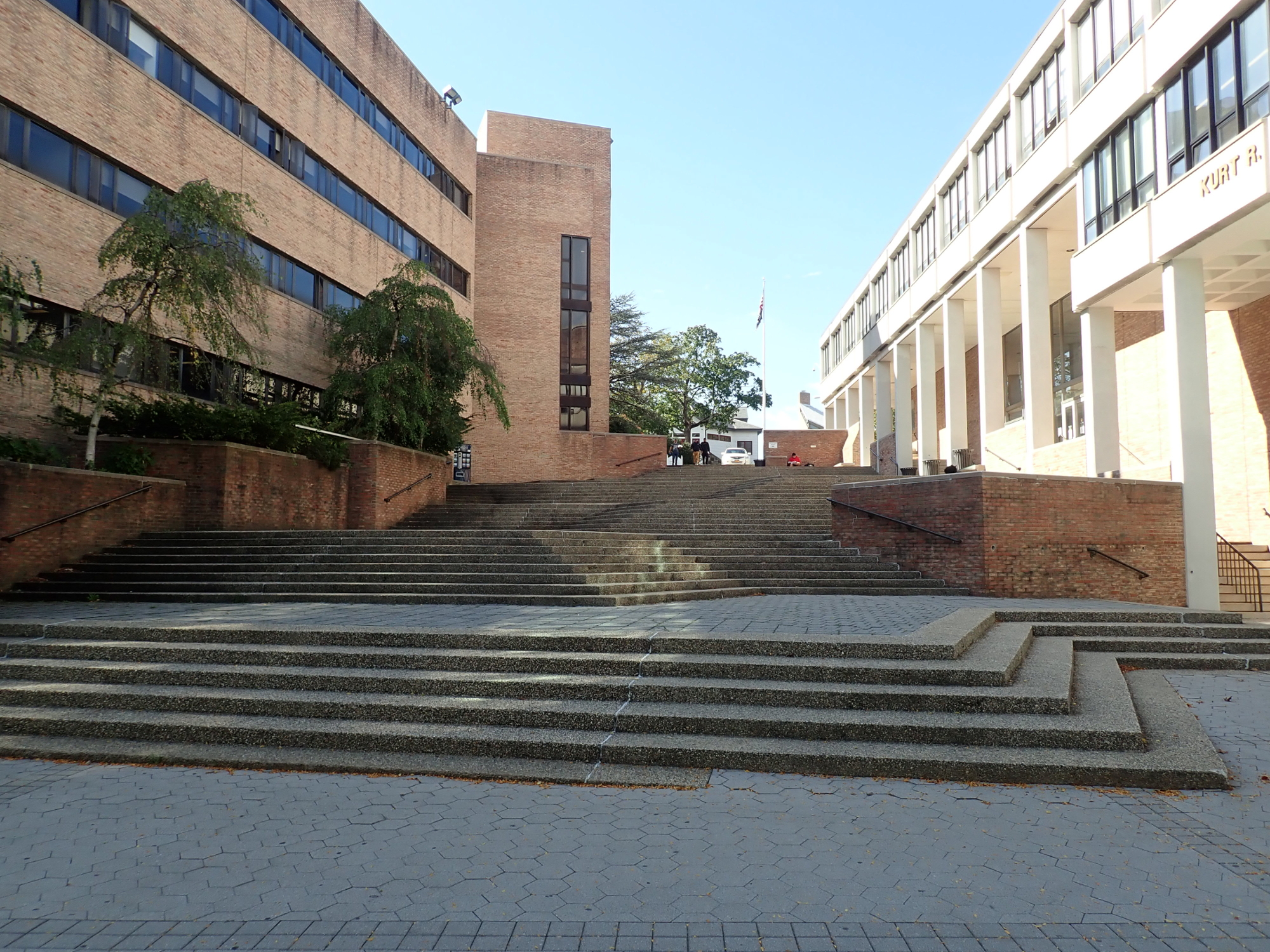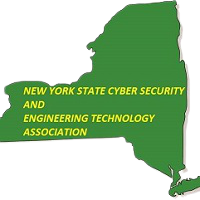2:30 – 2:55 PM
Engineering for Fitness on the QCC Spanish Stairs
Tony Monahan, PhD & Edward T. Davis, M.S., R.A.; Queensborough Community College, CUNY

Abstract:
Welcome to Queensborough Community College! This presentation introduces a distinguishable feature of our campus, the QCC Spanish Stairs. Centrally located with the Kurt R. Schmeller Library on its’ north edge and the Administration Building on its south edge, it represents the heart of campus. The Spanish Stairs serve as an important link between the upper and lower campus and is traversed by thousands of students each day. As part of a larger collaborative service-learning project, students from the ET Department and the HPED Department investigated the stairs’ characteristics and potential as a natural physical fitness site on campus. This introductory talk breaks down the stairs’ history, physical features, and its potential for improving the physical fitness levels of QCC students.

View Presentation
Faculty Article
Integrating the Internet of Things (IoT) in Today’s Technical Curriculum
Professor James Mallory, Department of Information and Computing Studies; National Technical Institute for the Deaf, Rochester Institute of Technology

Abstract:
Two of the hottest trends in the technical world today are Cyber Security and The Internet of Things, (IoT). Educators need to pay attention to these trends if they are to properly prepare their students for the technical workplace. Cyber security does not apply to some of the Engineering Technology curricula but IoT does as explained in this article. IoT is accelerating at an alarming rate in every aspect of our lives and should rapidly be seeping into a program’s technical curriculum regardless of what level or sector the college is teaching. Simply put, “ IoT is a system of interrelated computing devices, mechanical and digital machines, objects, animals or people that are provided with unique identifiers (UIDs) and the ability to transfer data over a network without requiring human-to-human or human-to-computer interaction.”1 IoT impacts most areas in Engineering Technologies ins some way - including Electrical, Mechanical, Computer, Civil, Construction, Automotive, Cyber, etc. IoT is used in manufacturing, agriculture, automobile and transportation, home automation, health care, and energy sectors to name just a few.
Read the Publication


